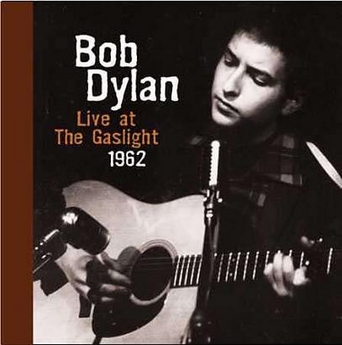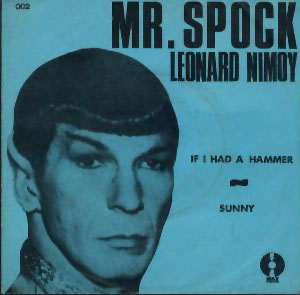In my series on Crappy Album Covers, Bob Dylan has appeared at least twice. I had also written about his singing skills or lack thereof at least once before. Needless to say, I have established my not-very-high opinion of Dylan’s singing and album covers on this blog.
However, I had always complimented him on his songwriting and poetry skill. His skill was good enough to win him the Nobel Prize for literature in 2017. However, the songs Dylan wrote were always best sung by other people.
Among the most frequent cover artists were Joan Baez; Judy Collins; The Band; The Byrds; Glen Campbell; Johnny Cash; Cher; Eric Clapton; Joe Cocker; Fairport Convention; Bryan Ferry; Lester Flatt and Earl Scruggs; The Grateful Dead; George Harrisson; Jimi Hendrix; The Hollies; Peter, Paul and Mary; Tom Petty (with and without The Heartbreakers); Elvis Presley; Pete Seeger; Yes; Steve Howe; and Neil Young.
More modern artists cover him less frequently. They include: XTC; The White Stripes; The Red Hot Chili Peppers; Sinead O’Connor; My Morning Jacket; Jason Mraz; Ministry; Maroon 5; Dave Matthews Band; Diana Krall; Alicia Keys; Kesha; Norah Jones; Indigo Girls; Robyn Hitchcock (with and without The Egyptians); Green Day; Dream Syndicate; Miley Cyrus; Nick Cave and The Badseeds; and The Black Crowes.
And what I didn’t know until earlier today, is that at age 79, Dylan’s hit song, “Murder Most Foul”, has reached #1 on the Billboard chart for “US Digital Song Sales”, which is the first time he had a #1 hit singing in his own voice on any of the Billboard charts. This song will be part of his up-coming album “Rough and Rowdy Ways”, to be released at the end of next week.
The 17-minute hit beats Don Maclean’s “American Pie” by 7 minutes, and The Beatles’ “Hey Jude” by 10 minutes.
“Murder Most Foul” is a montage of artist titles, singer names, and cultural references that keep going back to the Kennedy assassination. At first listen, it is difficult to understand why all of the name-dropping and song title mentions are there. It feels kind of chaotic, and you feel like there is no structure. It requires another listen. And when you listen again, try not to make sense of anything. Then the song works perfectly, in that it begins to make its own sense. It objectively refers to Kennedy, and a multitude of artists and songs contemporary to the early sixties, with the odd mention of artists from later and earlier decades. Like a painting, you can’t examine the painting by examining each brushstroke. You need to listen to this song by allowing your mind to “step back” so to speak, and admire the song as a whole piece as you would a painting.
To say it is a sad song is an understatement. It seems more like a funeral march. It is a eulogy to a dying culture, and the end of an era. It reveals to us all what we already know: it’s not the sixties anymore. American culture is wounded, and the prospects appear grim.
Visits: 110

 This is a 2005 first official release of a 1962 recording that Dave Van Ronk helped record which had been a bootleg for decades.
This is a 2005 first official release of a 1962 recording that Dave Van Ronk helped record which had been a bootleg for decades.